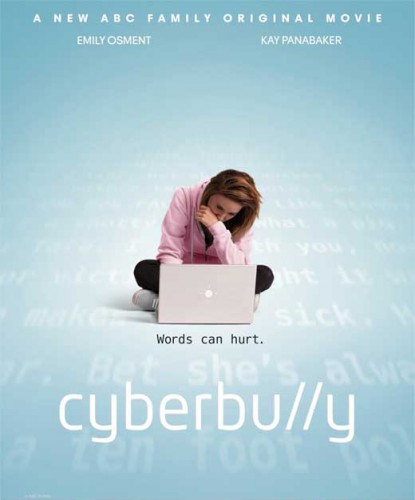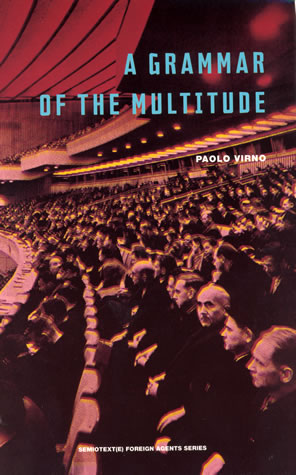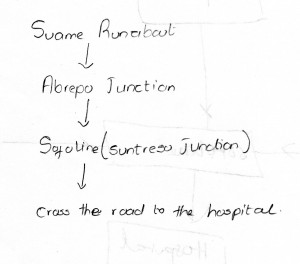 The New York Times recently published a piece titled “At Times, Obama and His Cyberself Differ on Tactics” that opens with the passage:
The New York Times recently published a piece titled “At Times, Obama and His Cyberself Differ on Tactics” that opens with the passage:
For a moment on Friday, the cyber-Barack Obama was perfectly at odds with the flesh-and-blood version… Speaking to 1,400 supporters at a high school… President Obama voiced his familiar lament that “there is so much negativity and so much cynicism” in politics that he could understand if voters tuned out the election. Minutes earlier on Twitter, he had written, “Why Mitt Romney’s end date at his buyout firm matters,” linking to a blog post about the tempest over his Republican challenger’s departure from Bain Capital.
The article doesn’t really offer any deeper analysis of the topic raised in its headline, but the notion of this sort of technologically-mediated, or even, post-human, presidency is so provocative that it’s worth additional reflection. I can’t begin such a reflection, however, without first critiquing some of the vocabulary used in the article. The article contrasts “cyber-Barack Obama” (or Barack Obama’s “cyberself”) with “the flesh-and-blood version.” This problematically implies that there are two Barack Obamas: the real Obama and the Obama out there in cyberspace (cue creepy space music). Of course, once we even state such a claim, it becomes immediately apparent that it has zero face validity. Arguing that the Barack Obama who signs the messages he personally posts to Twitter with the initials “bo” is different than the Barack Obama out there giving the speeches makes about as much sense as arguing that when I call my mom on telephone, I’m talking to a different person than when I drive over for a visit. more...








